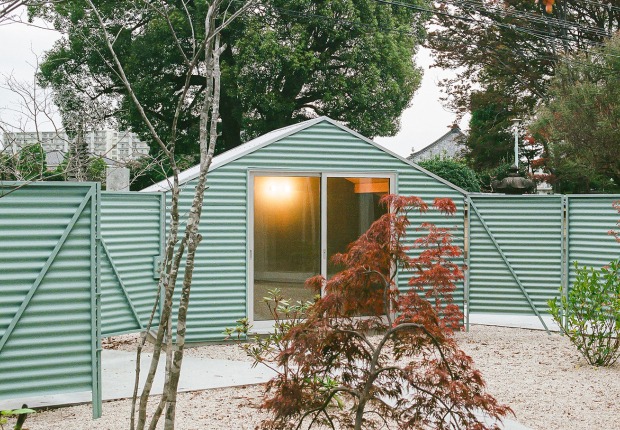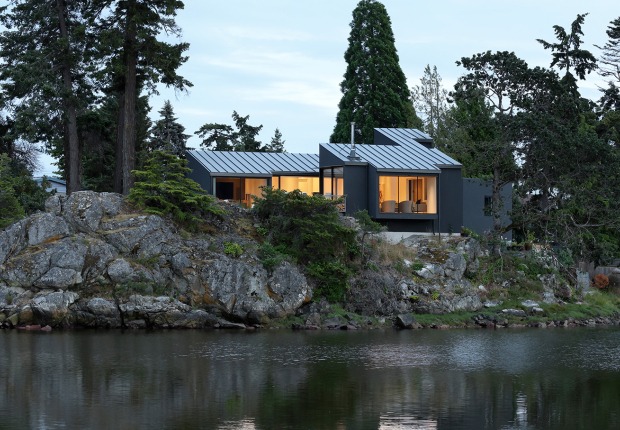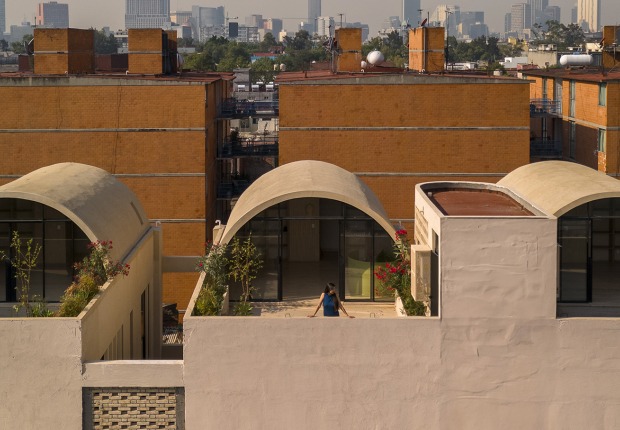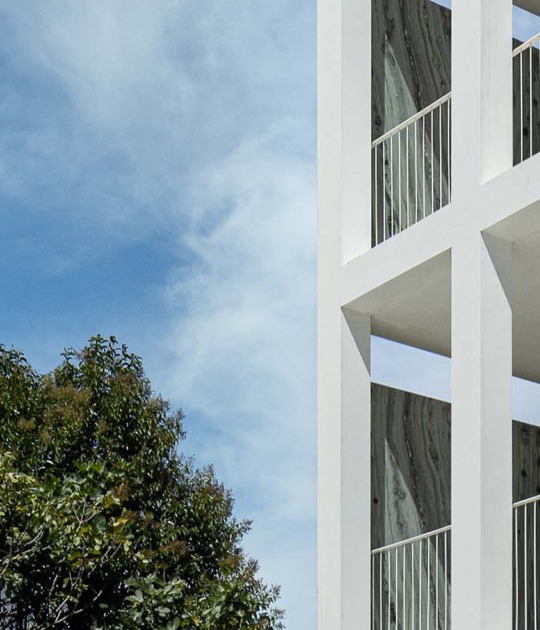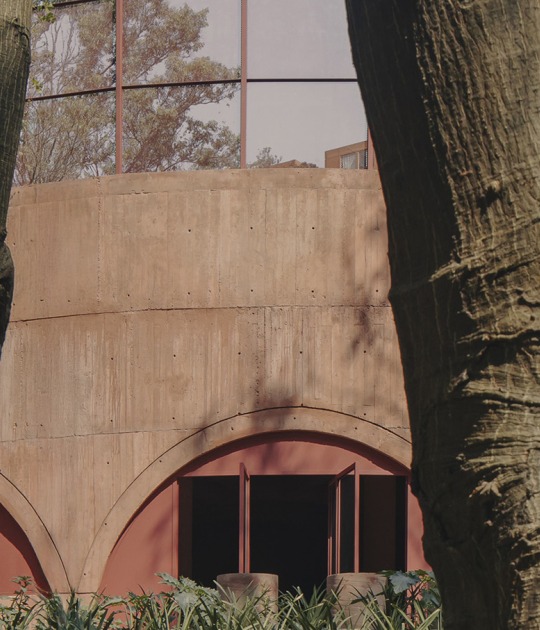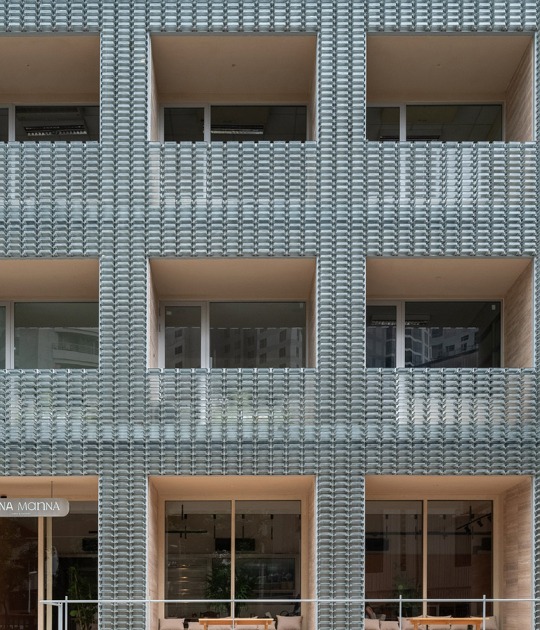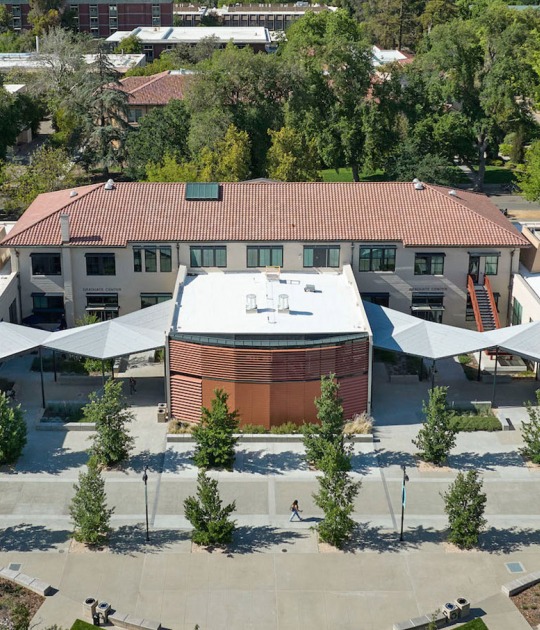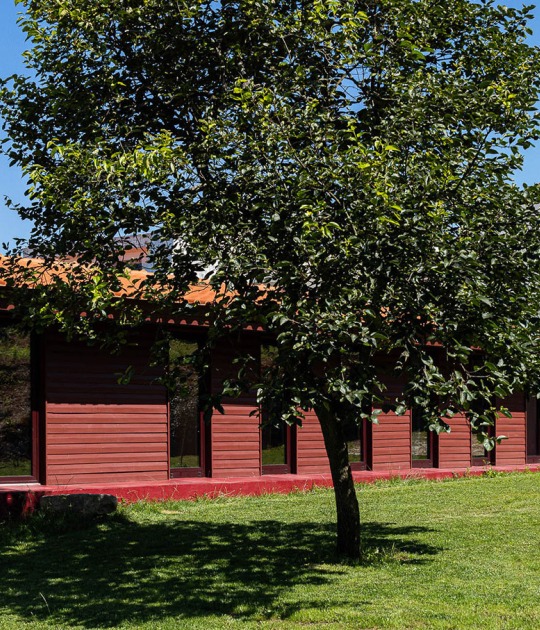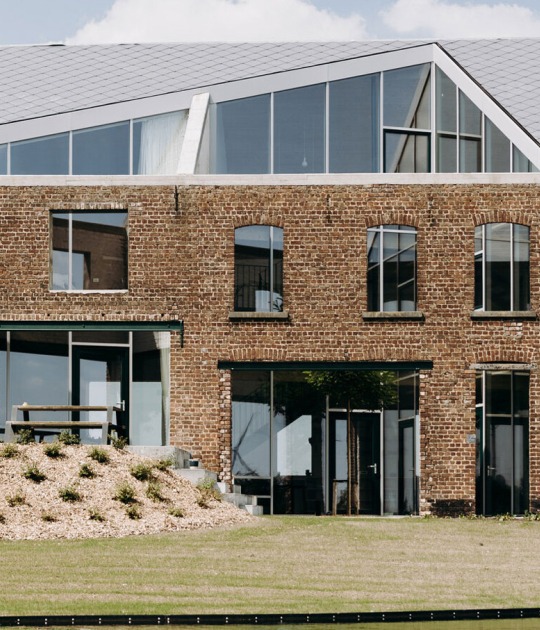Through this intervention, the volume is perfectly integrated into the whole context thanks to the following fundamental guidelines to respect the typology of the original project. This concept made it possible to superimpose different actions, managing to maintain the "Original Architectural Project" and allowing a reading in time of the respectful additions that allow reading the life history of the building.
Description of project by Junquera Arquitectos
Built-in 1857 as a residential mansion on Street Fortuny 53, from 1903 it was the headquarters of the Boston International Institute and the Residence for Young Ladies directed by Maria de Maeztu.
In 1932, it was expanded by entrusting the new building to Carlos Arniches, who built a building on the same site under the canons of the Modern Movement and in harmonious dialogue with the existing building.
In 1939, at the end of the Civil War, it was seized by the new government of the Dictatorship, and its facilities were used as a residence hall.
Finally, it became the headquarters of the Ortega y Gasset Foundation, which later merged with the Marañón Foundation, becoming what is today the headquarters of the José Ortega y Gasset Foundation - Gregorio Marañón.
In 1977, it was agreed to have a file started to declare the complex as an Asset of Cultural Interest.
In the 1980s, the architects Jeronimo Junquera, and Estanislao Pérez Pita were entrusted with the Rehabilitation of the complex: the Palace, the Arniches Building, and its Garden.
The rehabilitation criterion chosen was that despite changing its original use, the generating bases of the project had to be respected to the maximum, bases that contemplate from the organization of the building in its environment, its composition, to its constructive elements, volumes, scale, details, etc.
This stance of maximum respect carries with it the acceptance that the restoration of a building involves easements in optimizing the distribution of uses.
Another alternative would be to restore, keeping only isolated elements such as the façade, destroying the rest. The opening restoration quite widespread.
Respect for the "Architectural Project" in front of the "curtain" is a subtle balance in the performance of restorations. For this, it is necessary to evaluate which are the fundamental guidelines to respect so as not to distort the project and then act on the rest. These actions should be considered with current languages both in their design and in their materials.
This criterion will allow overtime to superimpose different actions on the buildings, always managing to maintain the "Original Architectural Project" and allowing a reading in a time of the respectful additions that allow us to read the life history of the building.
The fundamental guidelines to respect was the typology of the original project.
The axis that orders the building on the site penetrates the building creating a central spine that contains the common elements of the building. Access, circulations (central staircase and a distributor ring), and services.
On both sides of this axis, there are two large bays, which at different times have supported different distributions. The composition of the gaps in the side facades shows the desire for a "diaphanous nave" of these bays, emphasized by the repetitive and monotonous rhythm of the gaps, the only condition for their interior compartmentalization.
The formal arrangement result is reinforced by the structural approach, fully consistent with the arrangement of the building.
In 2014 the Ortega Marañón Foundation, after 40 years, entrusted Junquera Arquitectos with the new Rehabilitation of the complex.
The performance was separated into two Phases.
- The first focused on the Rehabilitation of the mansion and expansion below the ground of an endowment of archives. The works of this First Phase finished in November 2019, and the building has recently been inaugurated.
- The second phase focuses on the Rehabilitation of the Garden, the Arniches Building, and a small building to provide the institution with a Multipurpose Room, which will begin shortly.
PHASE I REHABILITATION OF THE PALACE
The success of the Ortega Marañón Foundation from the 80s to today has been marked by an increase in its funds in quantity and quality that demand an increase in files much greater than the existing space when it was rehabilitated in the 80s.
Taking advantage of the fact that the Palace is raised 1.14m above the landscaped land and whose original perimeter was modified on time, it has been decided to generate a new elevated landscaped plinth under which the new archives and some auxiliary units are generated below ground.
The other intervention to be pointed out is the modification of all the facilities, those of the fire safety and air conditioning of the complex and a voice and data network.
The rest of the Palace, Ground Floor, First and Second maintain the Rehabilitation criteria designed by Junquera-Pérez Pita with specific adjustments demanded by the regulations and new functional requirements.
Transforming a residential mansion from the mid-nineteenth century into a workplace and institutional representation is not an easy task if it is intended not to distort the original typology and at the same time respond to its new functionality, especially the implementation of technologies on a building which must be inexorably hurt.














